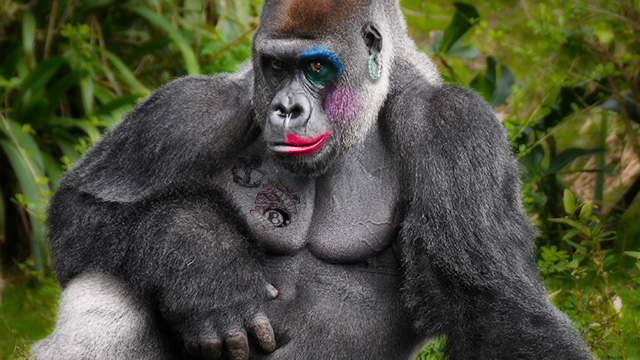Gender benders and sequential hermaphrodites: How sex is determined
Ars Technica » Scientific Method 2012-11-23

It is easy to regard sex as clear-cut, black and white. We regularly have to check the “male” or “female” box on various forms, we go to separate sporting events to see men and women compete, and we often choose baby clothes based on whether the bundle of joy is a boy or a girl. But in the natural world, sex is a very gray area—it is diverse, intricate, and often incredibly malleable. Our sexual configuration is just one of many in the animal kingdom, each of which has evolved over many generations to solve particular problems or to ensure success in challenging environments. Sex is simply another tool in the evolutionary toolbox. It allows animals with completely different lifestyles and demands to thrive in an amazing array of ways.
By sifting through some of the discrepancies between sex and gender in the last installment, it became clear that these two concepts are not inextricably linked. Even in the scientific world where definitions are of the utmost importance, these terms are subject to a great deal of confusion. So we turn to the most basic underpinnings of sex—what distinguishes males from females, and how sex is determined—and find there is incredible complexity even in these fundamental concepts. By looking at sex in the animal kingdom, we can learn where there are hard and fast rules in terms of males and females, and where sex is more flexible and fluid.
The basics of sex
After looking at a diverse array of animals, it’s clear males of different species differ greatly in their physiology and their behavior. The same is true of females. So what categorizes an animal as a male or a female? The most basic biological definition for each sex comes down to the gametes, or sex cells, that an animal produces. Males produce small, mobile gametes in large quantities (sperm), while females produce smaller numbers of large, stationary gametes that are nutrient-rich (eggs). The exception here, of course, is infertile individuals. However, these are the best universal definitions of “maleness” and “femaleness” that science can come up with. The difficulty involved in even coming to a single definition represents the incredible complexity associated with sex—there are endless exceptions, qualifiers, and intricacies that make a watertight definition impossible.
Read 28 remaining paragraphs | Comments